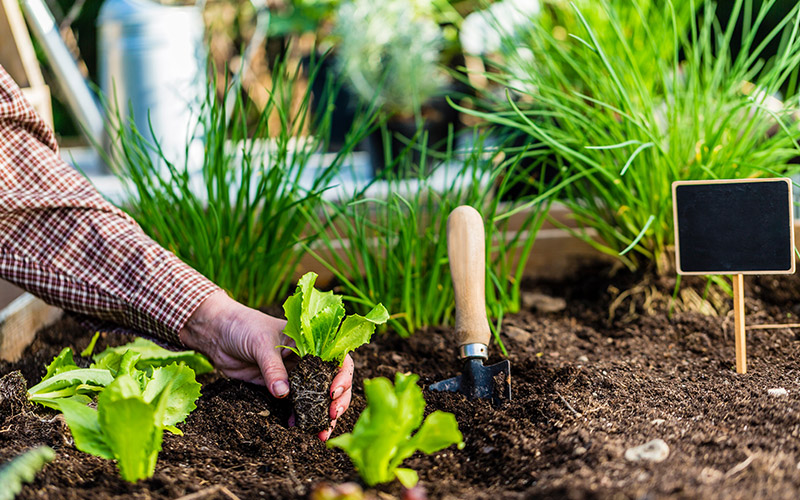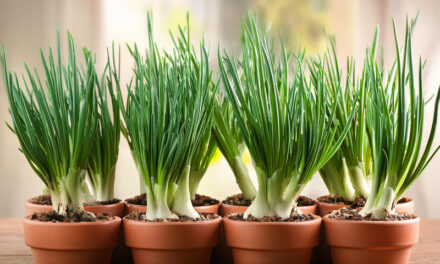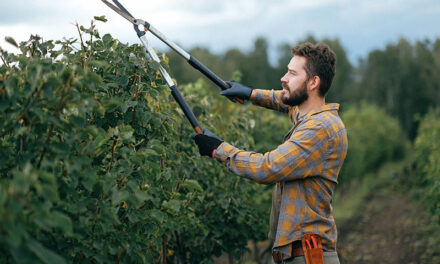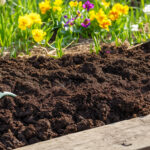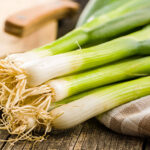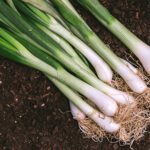Embarking on the journey of creating your own vegetable garden is like stepping into a world of endless possibilities, where you can cultivate fresh produce, connect with nature, and savor the fruits of your labor. Let’s dive into the essentials to help you start your vegetable garden with confidence and flair.
Choosing the right location
Selecting the perfect spot is crucial for your vegetable garden’s success. Aim for a location that receives at least six to eight hours of direct sunlight daily, as most vegetables thrive in sunny conditions. Ensure the area has well-draining soil to prevent waterlogging, which can harm plant roots. Proximity to a water source will make irrigation more convenient, and having the garden close to your home encourages regular care and observation.
Planning your garden layout
A well-thought-out garden layout maximizes space and promotes healthy plant growth. Consider the following approaches:
-
Traditional rows: Ideal for larger spaces, this method involves planting in parallel lines, making it easy to manage and harvest crops.
-
Raised beds: Elevated structures filled with quality soil mix, offering better control over soil conditions and extending the growing season. For an in-depth guide on raised beds, check out Everything you need to know about the vegetable garden bed.
-
Square foot gardening: Dividing the garden into square-foot sections allows for intensive planting and efficient use of space.
-
Vertical gardening: Utilizing trellises or vertical structures to grow climbing plants, perfect for small spaces. Learn more in How to start your own vegetable garden vertical setup.
Selecting your vegetables
Choose vegetables that you and your family enjoy eating. Consider your local climate and growing season to determine suitable crops. Beginners might start with easy-to-grow varieties like lettuce, radishes, or beans. For personalized planting schedules, refer to the Vegetable growing calendar for the UK: a month-by-month guide.
Preparing the soil
Healthy soil is the foundation of a thriving garden. Begin by clearing the area of weeds and debris. Conduct a soil test to assess pH levels and nutrient content. Incorporate organic matter, such as compost, to enrich the soil, improve structure, and enhance fertility.
Planting your garden
Follow these steps to get your plants off to a great start:
-
Sowing seeds: Plant seeds at the appropriate depth and spacing, following the guidelines specific to each vegetable. Some seeds can be sown directly into the garden, while others may benefit from starting indoors and transplanting later.
-
Transplanting seedlings: Gradually acclimate indoor-grown seedlings to outdoor conditions through a process called hardening off. This involves exposing them to the outside environment for increasing periods over a week before planting them in the garden.
For a comprehensive guide tailored to newcomers, refer to Vegetable gardening for beginners: A step-by-step guide.
Watering and mulching
Consistent moisture is vital for vegetable growth. Water your garden deeply and regularly, aiming for about 1 inch of water per week, depending on weather conditions. Early morning watering reduces evaporation and allows plants to dry before evening, minimizing disease risk. Applying a layer of mulch helps retain soil moisture, suppress weeds, and regulate soil temperature.
Fertilizing your plants
Vegetables are nutrient-hungry plants. Incorporate a balanced, slow-release fertilizer at planting time, and supplement with additional feedings during the growing season as needed. Organic options like compost tea or fish emulsion can provide essential nutrients without the risk of over-fertilization.
Managing pests and diseases
A healthy garden is an active one. Regularly inspect your plants for signs of pests or diseases. Encourage beneficial insects, such as ladybugs and predatory wasps, to help control harmful pests. For strategies on protecting your plants, explore Protecting your plants: vegetable garden cage ideas and Garden pest control: managing common vegetable garden pests.
Harvesting your bounty
The reward for your efforts is a bountiful harvest. Pick vegetables at their peak ripeness for the best flavor and nutritional value. Regular harvesting can also encourage continued production in many plants.
Container gardening and small spaces
Limited space doesn’t mean you can’t enjoy a vegetable garden. Container gardening allows you to grow a variety of vegetables in pots or other containers. Ensure adequate drainage and use a high-quality potting mix. For guidance on starting a container garden, see How to start a vegetable garden in pots.
Seasonal considerations
Understanding your local climate and growing seasons is crucial for planning your garden. In the UK, for example, cool-season crops like peas and lettuce can be planted in early spring, while warm-season crops like tomatoes and peppers should wait until after the last frost. For a detailed planting schedule, consult the Vegetable growing calendar for the UK: a month-by-month guide.
Embarking on the journey of creating your own vegetable garden is a rewarding endeavor that offers both physical and mental benefits. With careful planning, consistent care, and a dash of enthusiasm, you’ll soon be enjoying fresh, home-grown produce right from your backyard.

